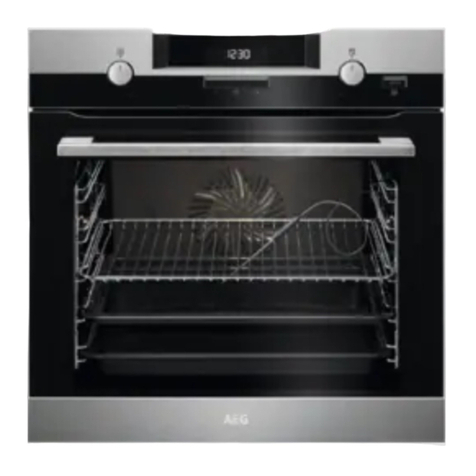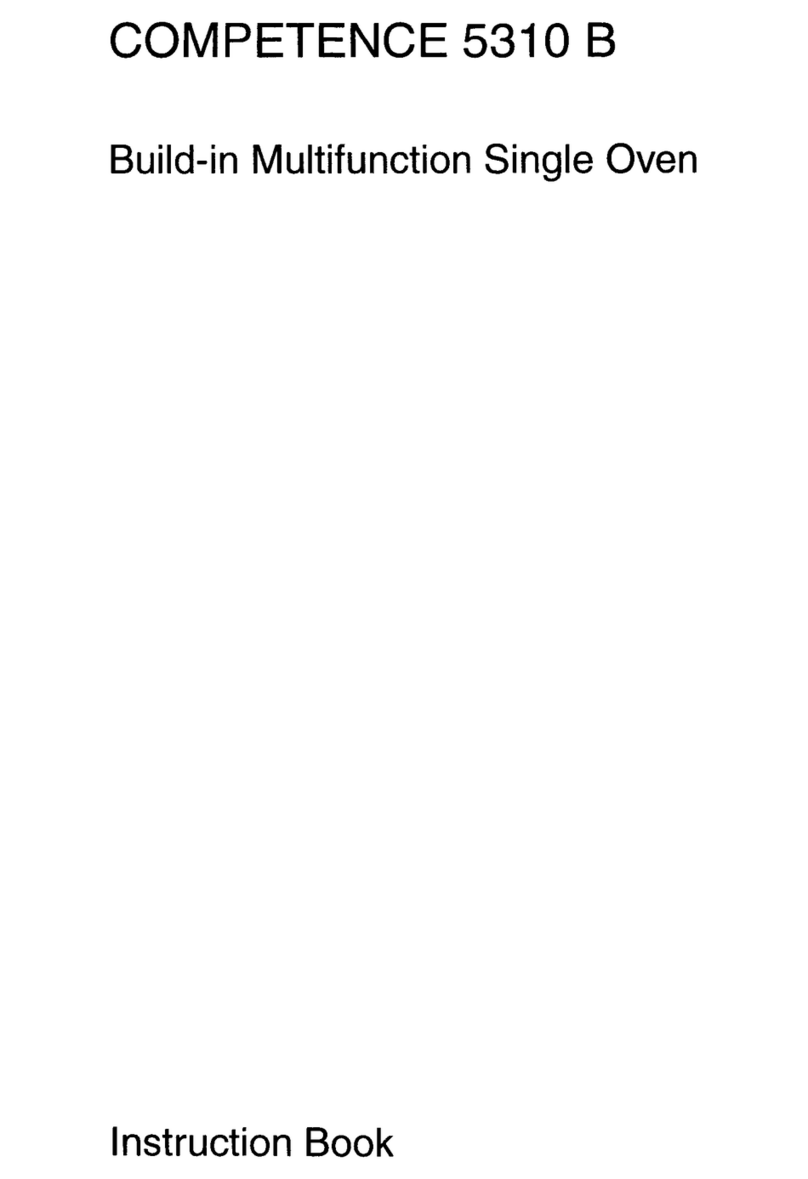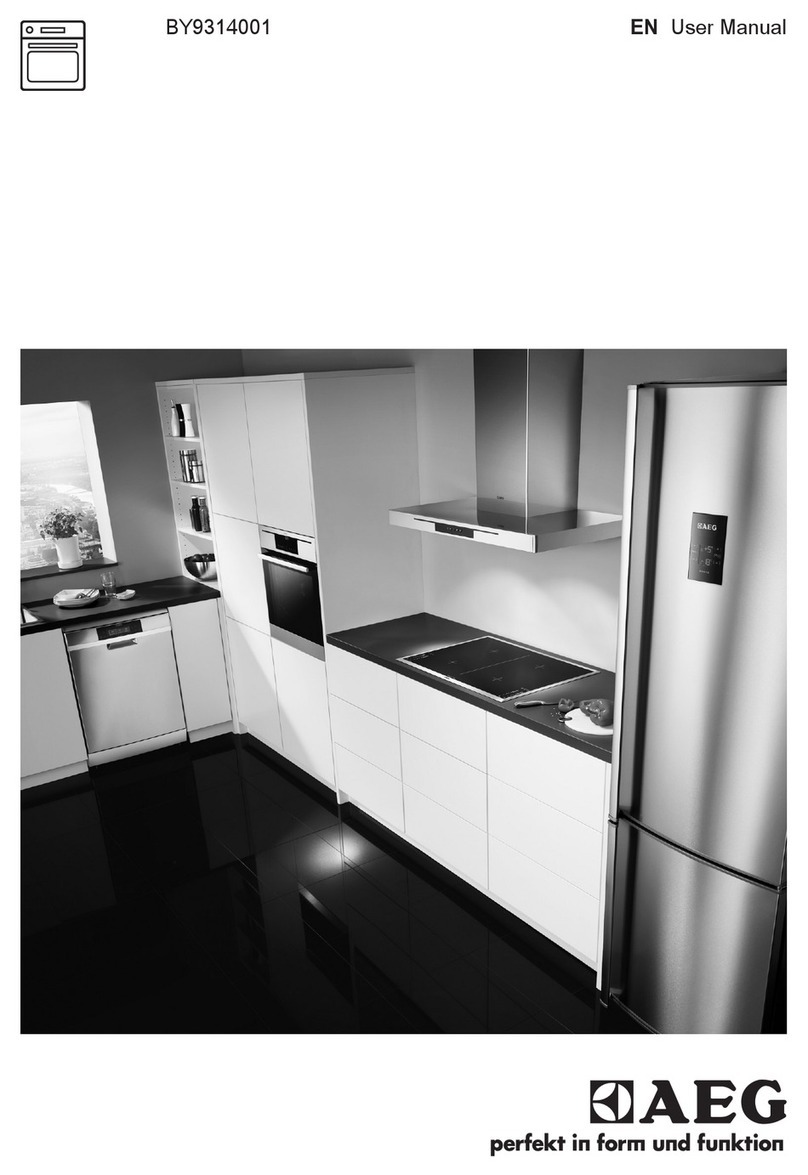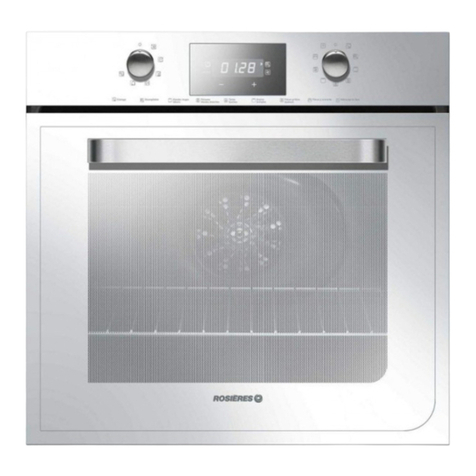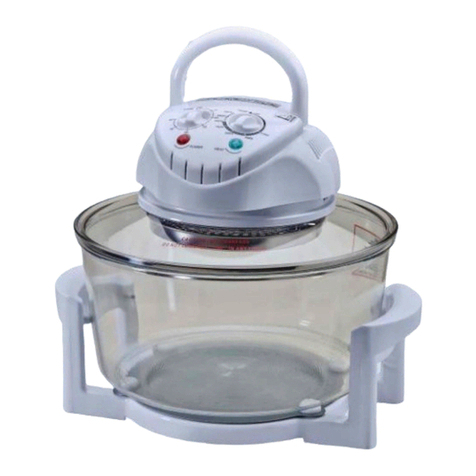AEG Competence 5150 B User manual
Other AEG Oven manuals

AEG
AEG BPE642020M User manual
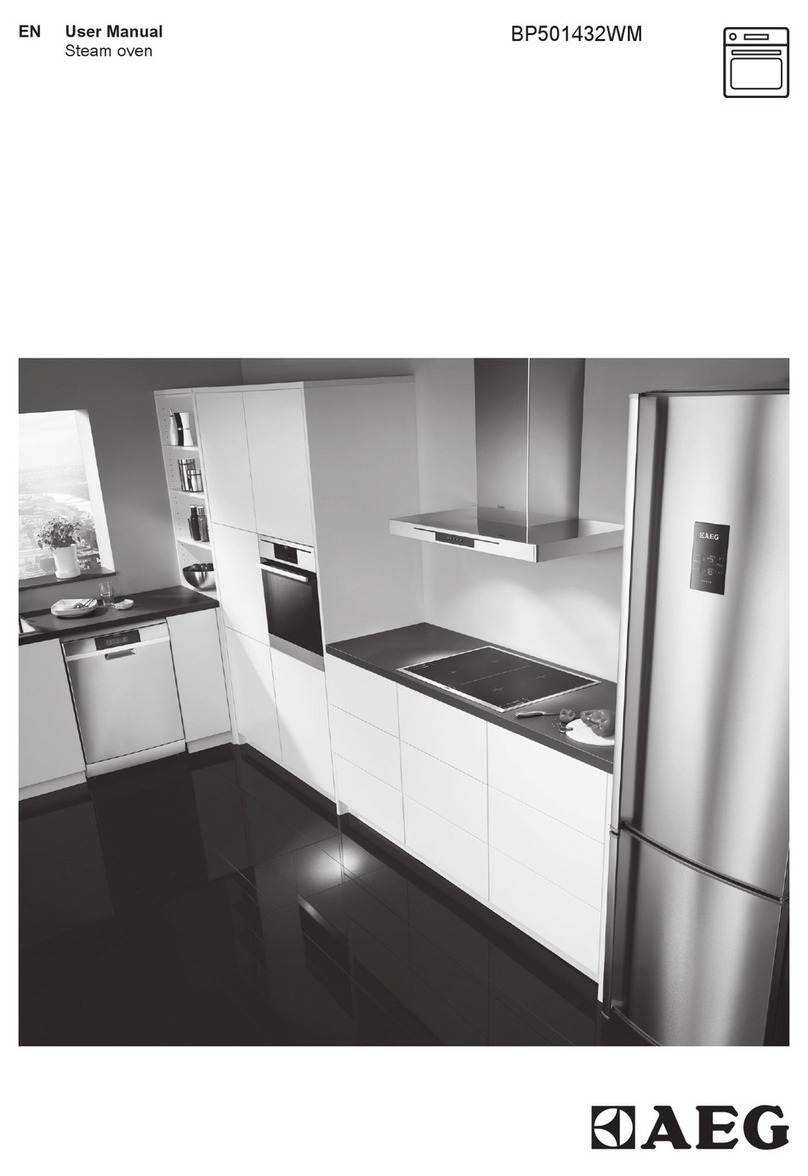
AEG
AEG BP501432WM User manual

AEG
AEG DE4003000 User manual
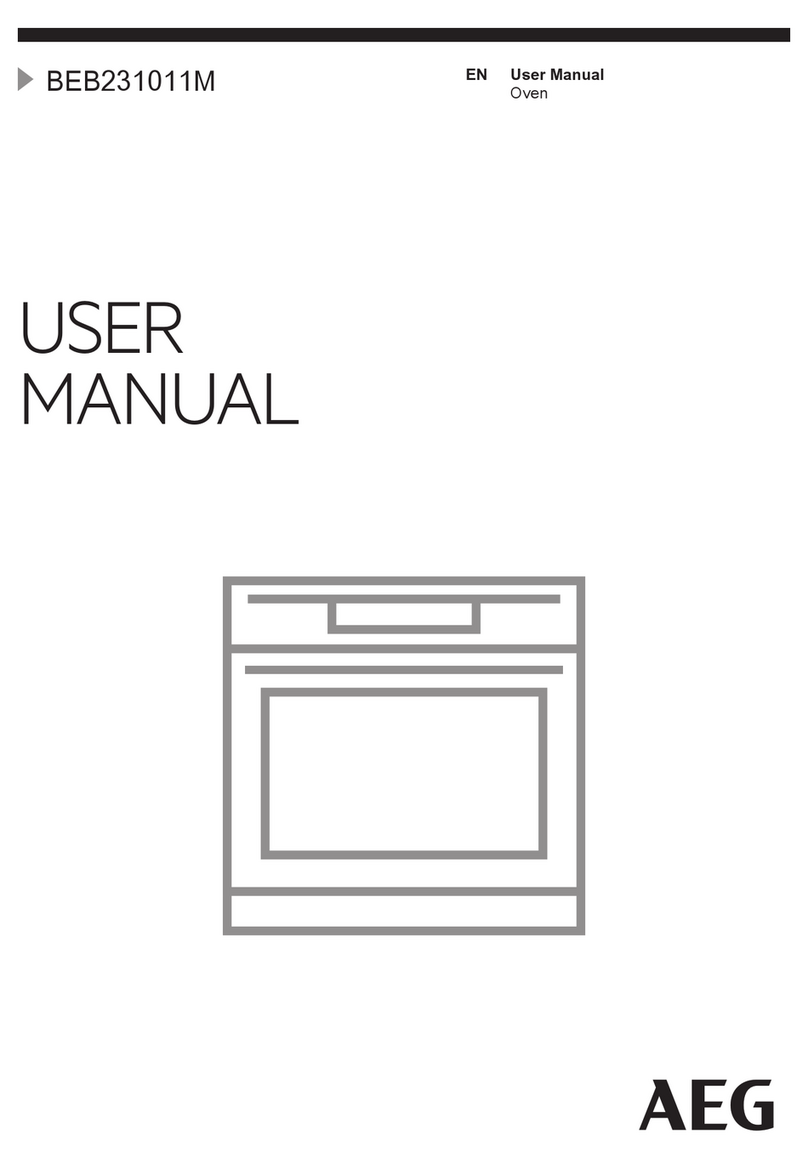
AEG
AEG BEB231011M User manual
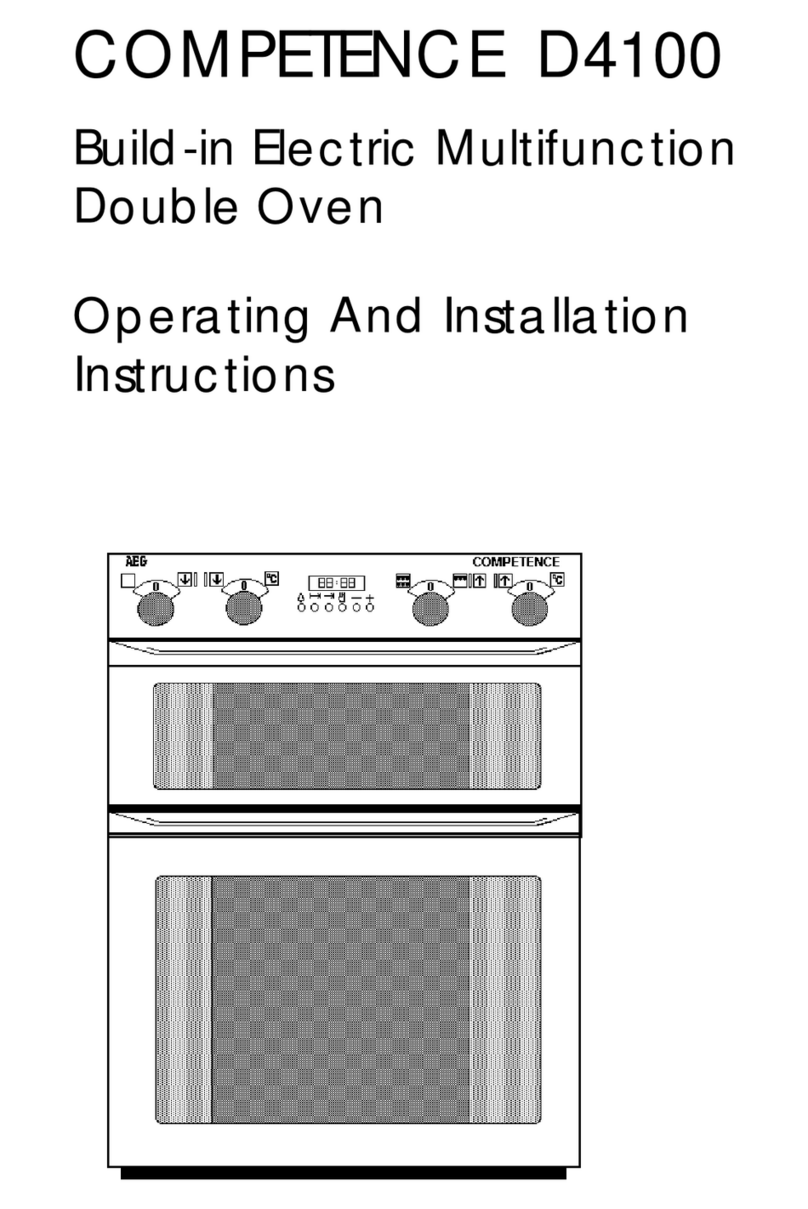
AEG
AEG COMPETENCE D4100 User manual

AEG
AEG BP7004021 User manual
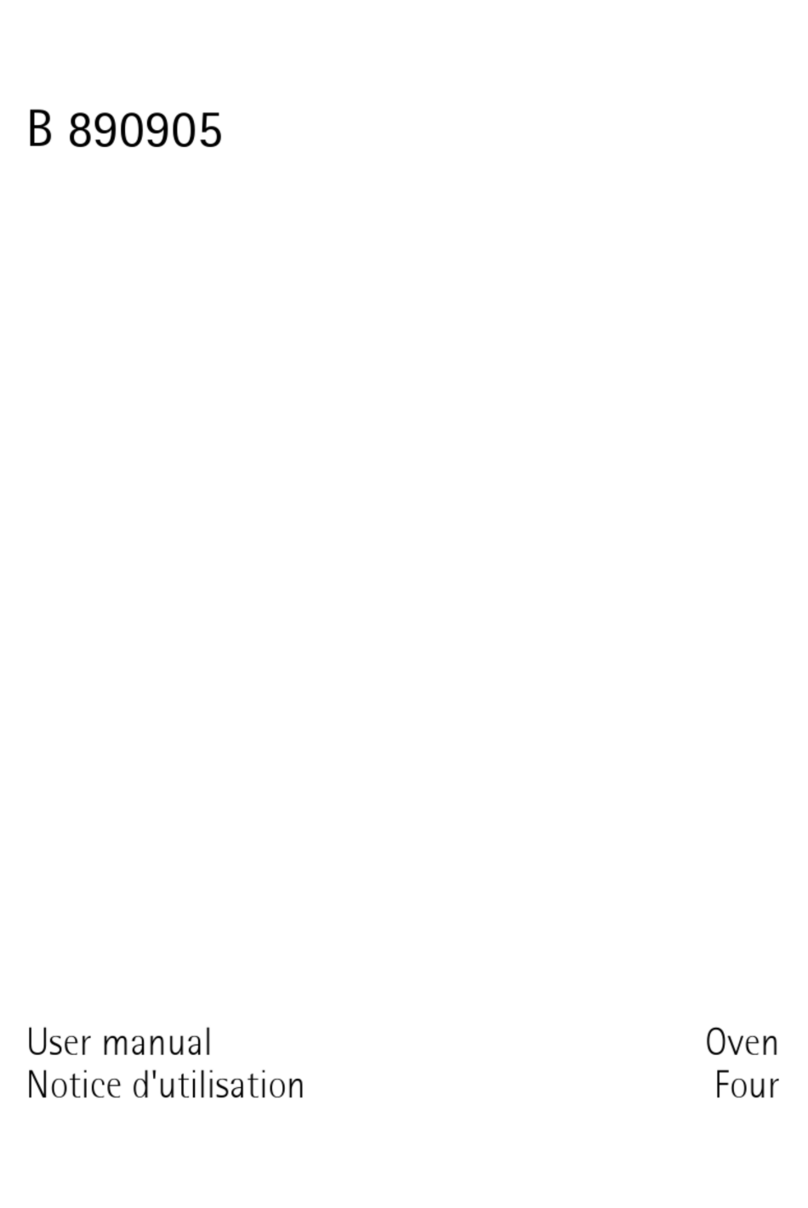
AEG
AEG B 89090-5 User manual
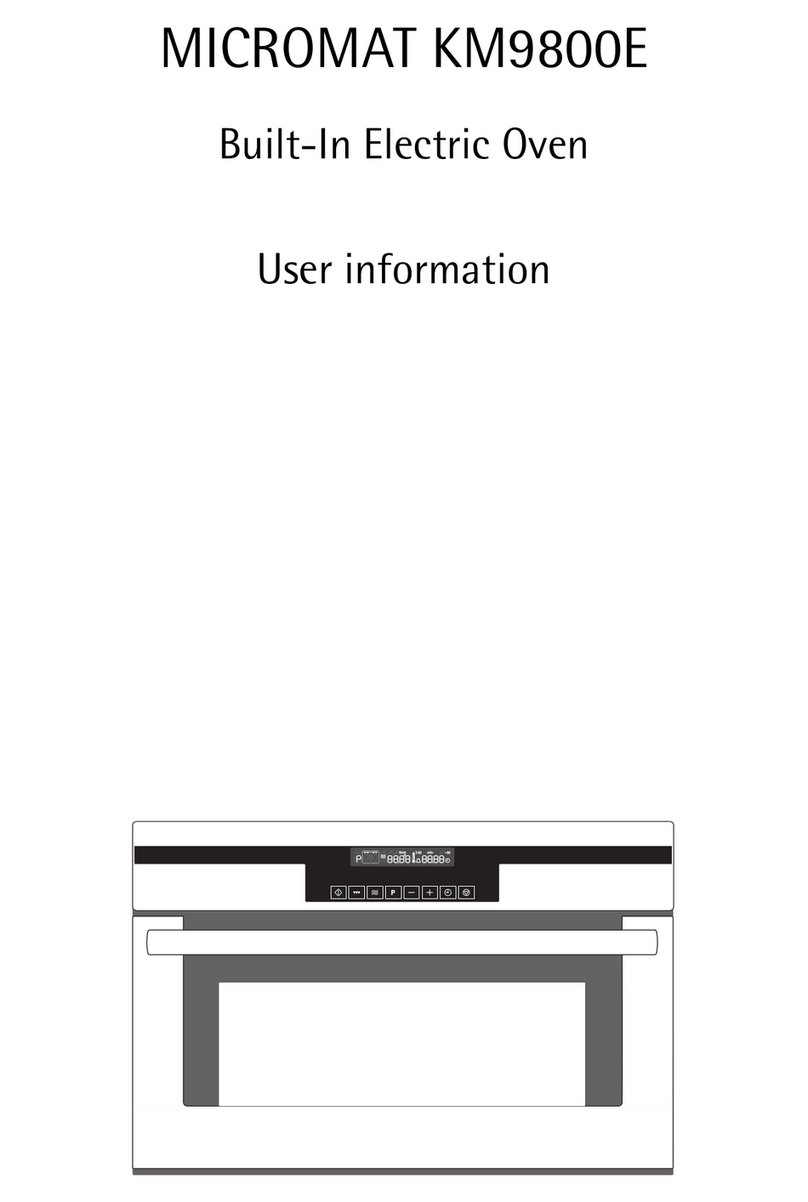
AEG
AEG MICROMAT KM9800E Operation manual

AEG
AEG 30" B3007H-L-B User manual
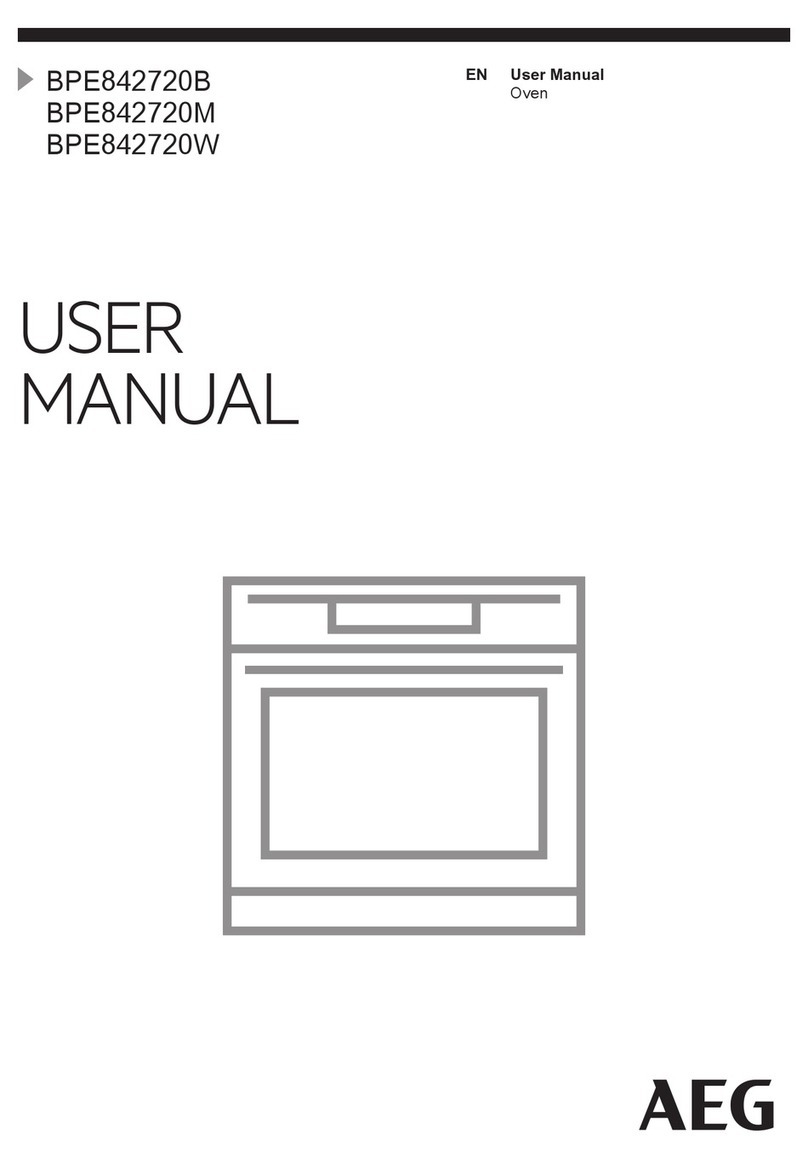
AEG
AEG BPE842720B User manual
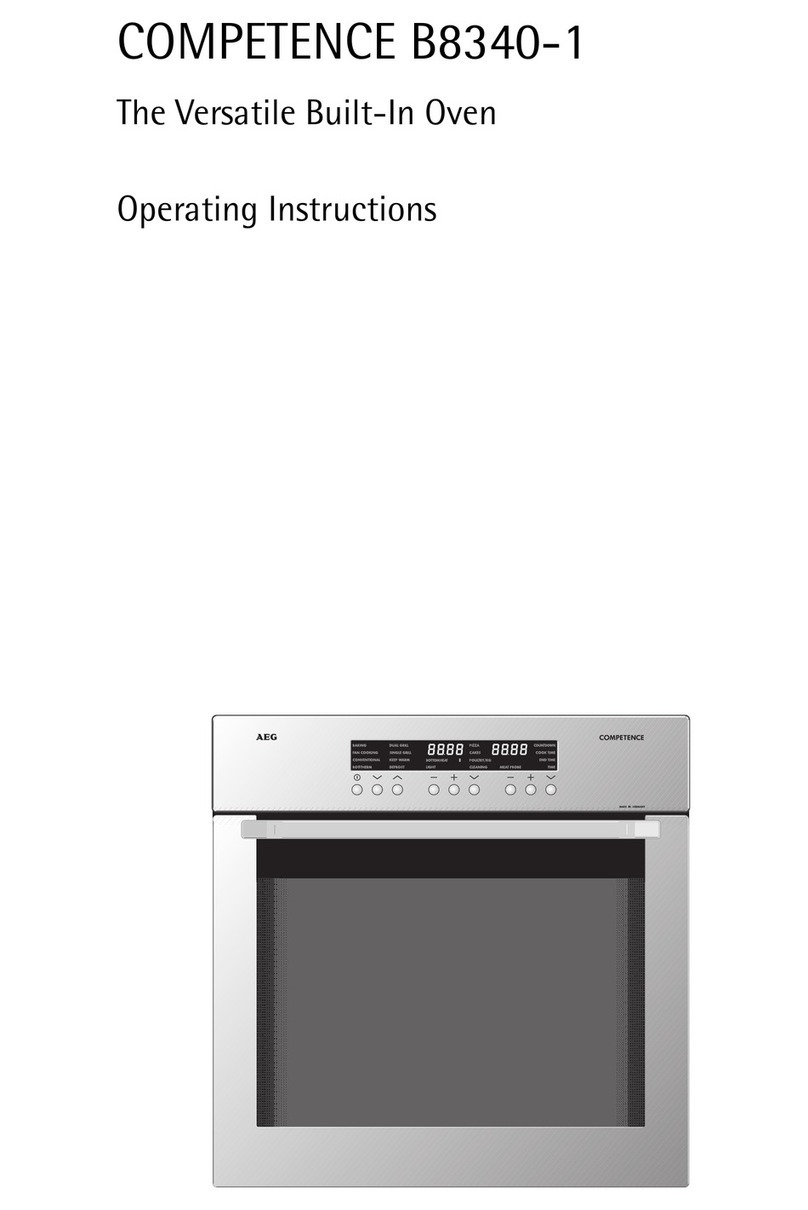
AEG
AEG COMPETENCE B8340-1 User manual
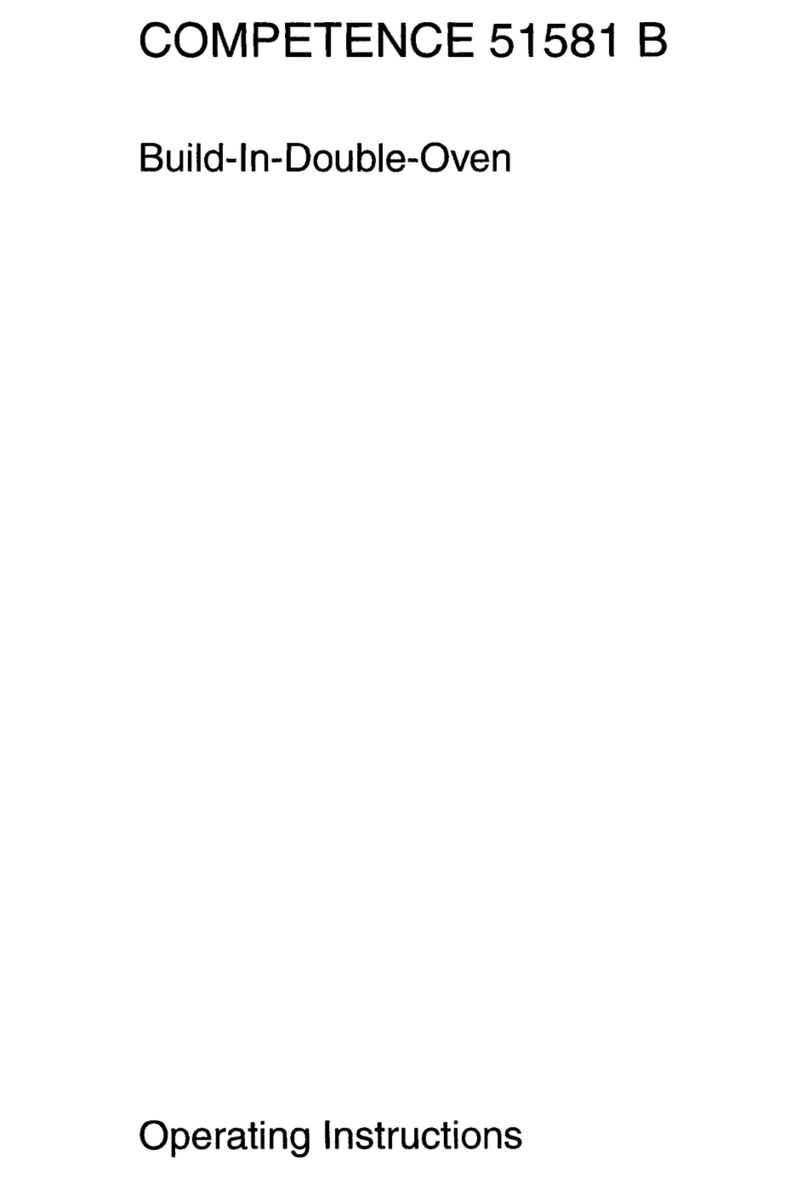
AEG
AEG COMPETENCE 51581 B User manual
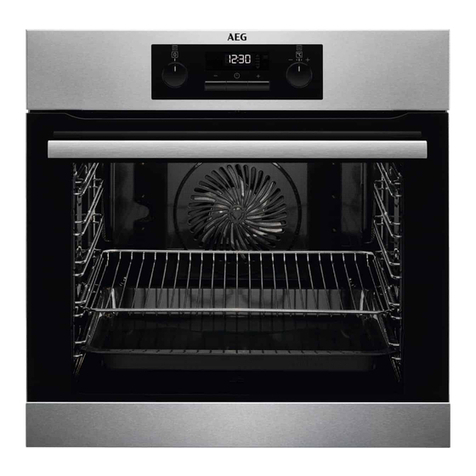
AEG
AEG BPB331020M User manual
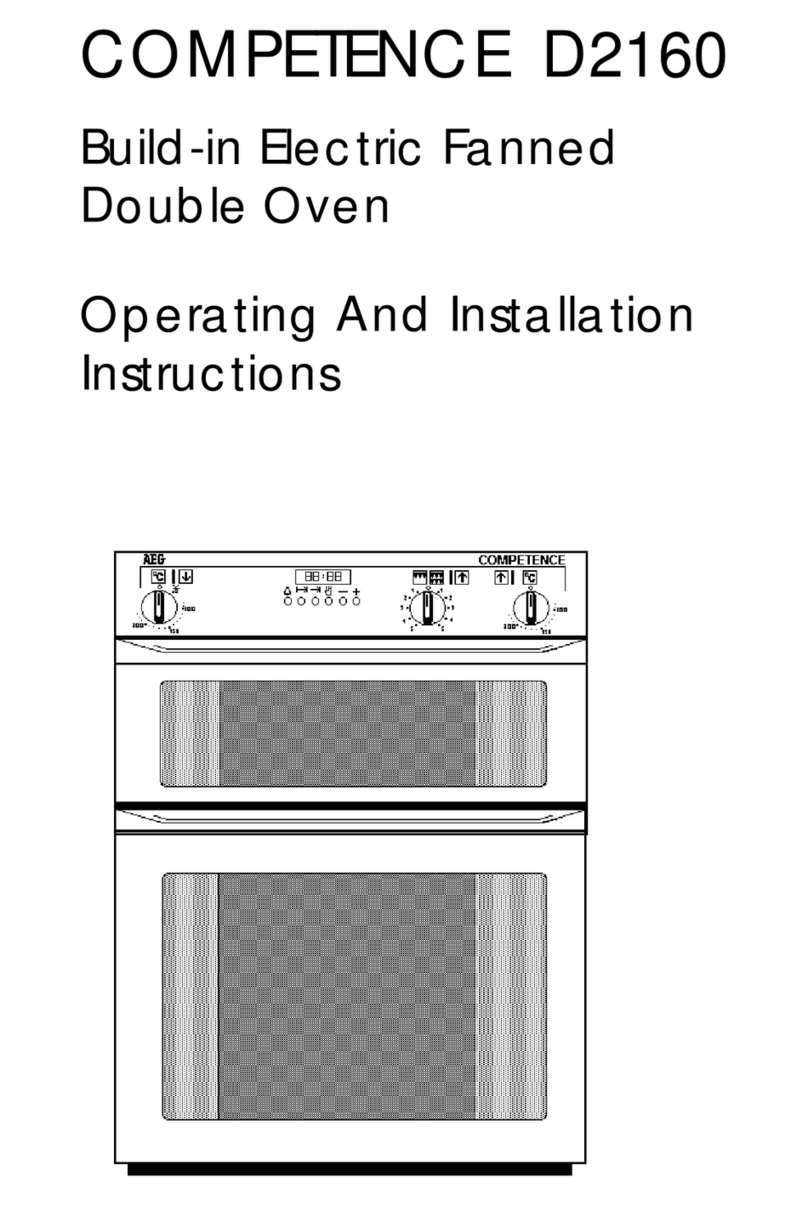
AEG
AEG COMPETENCE D2160 User manual

AEG
AEG BFS9800M User manual

AEG
AEG BY9004000 User manual
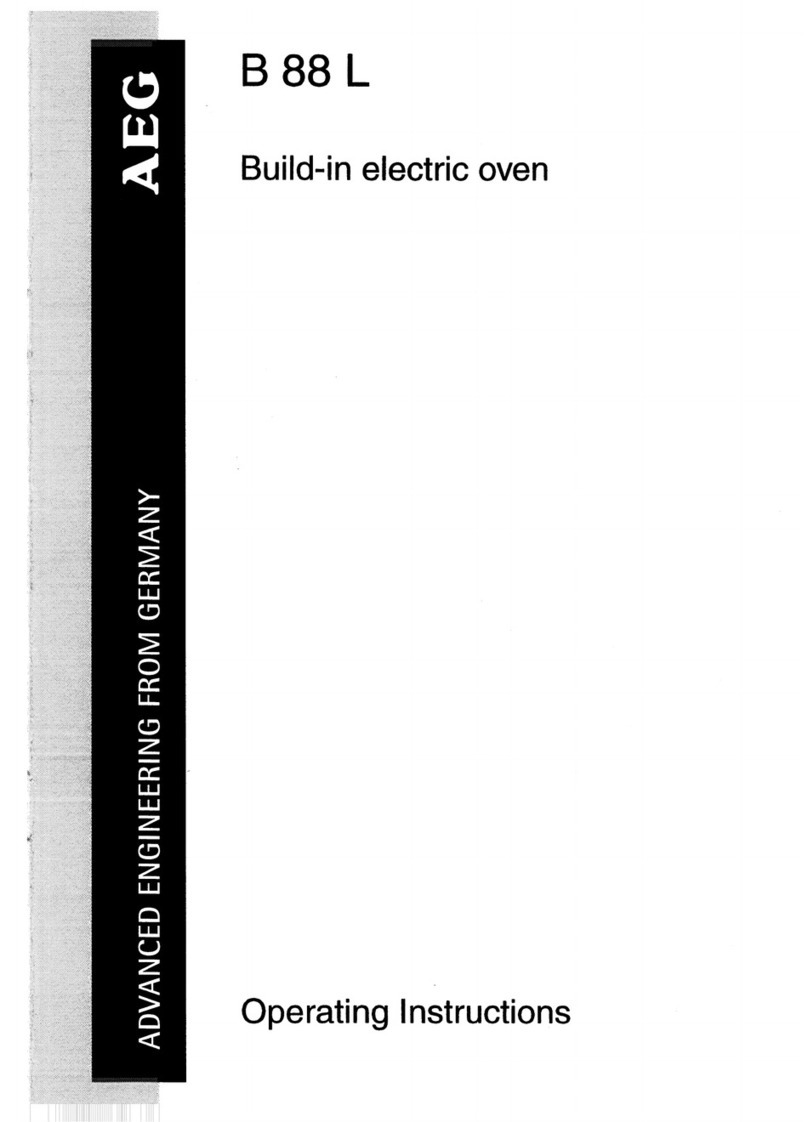
AEG
AEG B 88 L User manual
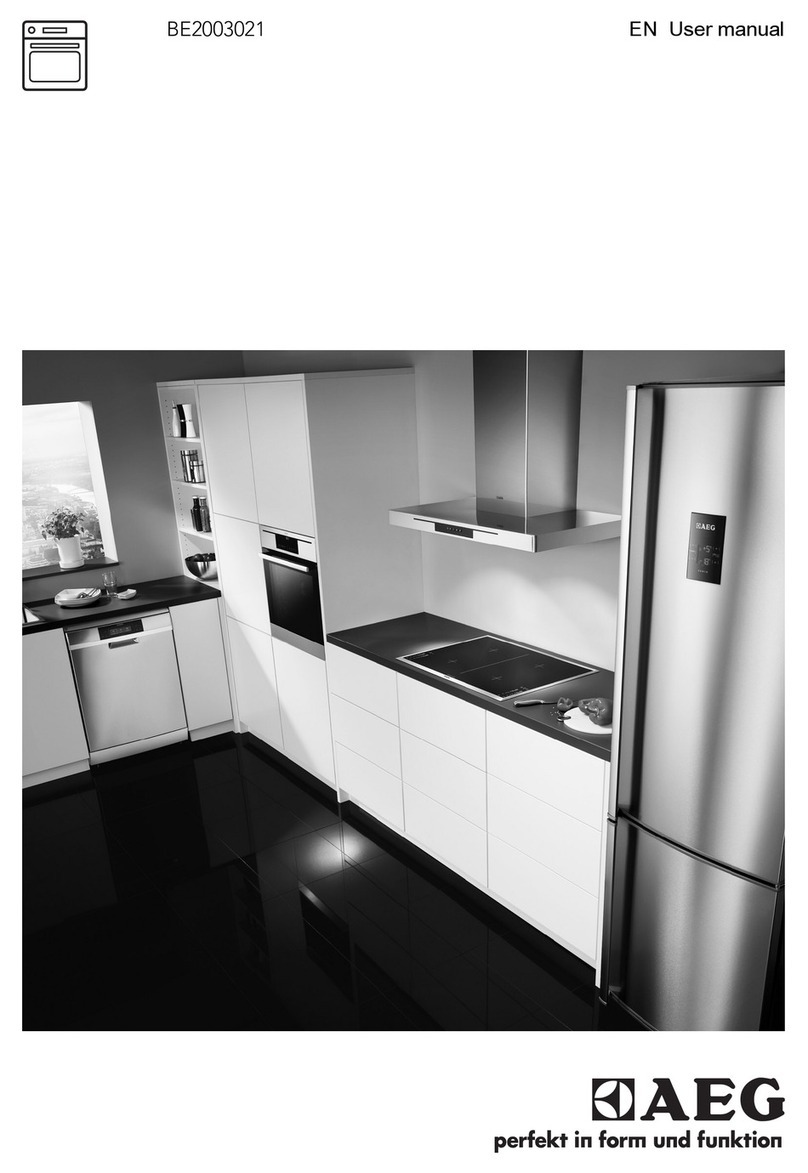
AEG
AEG BE2003021 User manual
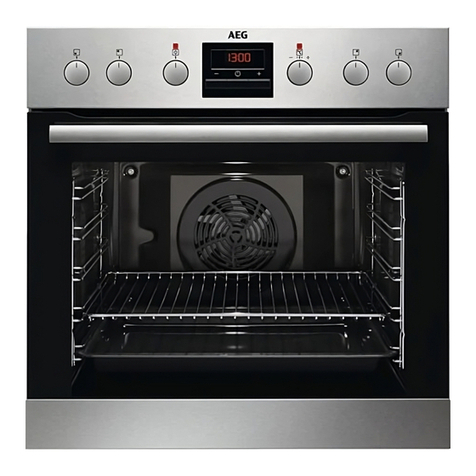
AEG
AEG EPB331000M User manual

AEG
AEG DEE431010B User manual
